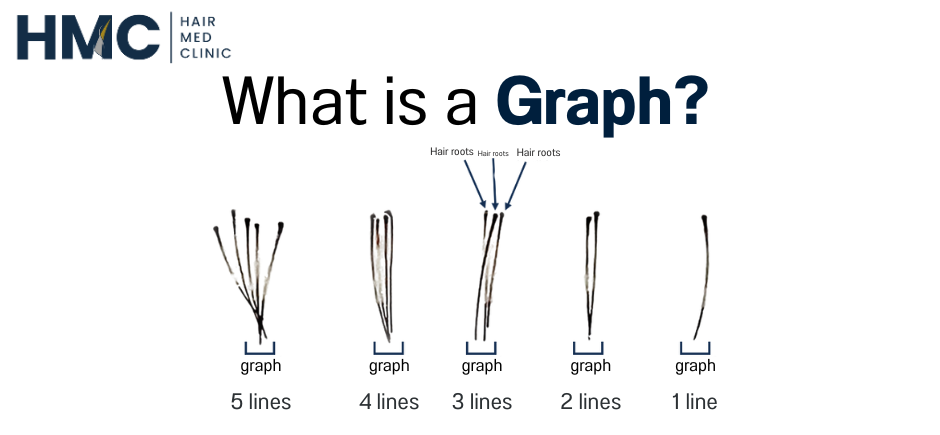The length to which hair can grow varies widely based on several factors,
including genetics, health, and hair care practices.
Here’s a detailed look at how long hair can potentially grow and the factors that influence its length:
1. Growth Phases and Length Potential
- Anagen Phase (Growth Phase):
- Duration: This phase can last anywhere from 2 to 7 years.
During this period, hair actively grows and can increase in length
by approximately 1 to 1.5 centimeters (0.4 to 0.6 inches) per month.
-
- Length Potential: Since the Anagen phase determines how long hair can grow,
people with longer Anagen phases can potentially grow their hair longer.
For example, if someone’s Anagen phase lasts 5 years,
their hair could theoretically grow around 60 centimeters (24 inches) during this time,
assuming optimal conditions.
- Catagen Phase (Transition Phase):
- Duration: This phase lasts about 2-3 weeks.
Hair stops growing and prepares for the next phase.
Although this phase doesn’t directly affect length, it’s essential for the hair growth cycle.
- Telogen Phase (Shedding Phase):
- Duration: This phase lasts about 3-4 months. During this time,
the hair is shed, and a new hair begins to grow in its place.
The length of hair is not directly affected by this phase, but the transition affects overall hair density.
2. Factors Influencing Hair Length
- Genetics: Genetics play a significant role in determining how long hair can grow.
If your family members have long hair, you are more likely to experience longer hair growth.
Genetics influence the length of the Anagen phase and overall hair growth potential.
- Health and Nutrition: A balanced diet rich in essential nutrients like
vitamins A, C, D, E, zinc, and biotin supports healthy hair growth.
Nutritional deficiencies can impair hair growth and lead to shorter hair lengths.
- Hair Care Practices: Proper hair care, including using gentle shampoos and conditioners,
avoiding excessive heat styling, and minimizing chemical treatments,
helps maintain hair health and promotes longer growth.
- Hormones: Hormonal changes, such as those during pregnancy or menopause,
can affect hair growth. For example,
elevated estrogen levels during pregnancy often result in thicker and longer hair.
3. Typical Hair Lengths
- Average Length: For most people,
hair reaches lengths between shoulder length and mid-back
(approximately 30-60 centimeters or 12-24 inches).
Hair can grow longer if it is well-maintained and free from damage.
- Extreme Lengths: Some individuals, particularly those with longer Anagen phases
and excellent hair care practices, can grow their hair to lengths such as waist length
(approximately 75-90 centimeters or 30-36 inches) or even longer.
The longest recorded hair lengths exceed 2.5 meters (8 feet),
though such lengths are rare and often involve exceptional genetics and meticulous care.
4. Maintaining and Enhancing Hair Length
- Regular Trims: Trimming hair regularly helps remove split ends and prevents breakage,
which can support continued growth.
- Healthy Diet: Consuming a diet rich in vitamins
and minerals can promote optimal hair growth.
- Gentle Care: Using gentle hair care products and avoiding excessive heat
or chemical treatments helps maintain hair strength and length.
In summary, the maximum length that hair can achieve is influenced by genetic factors,
health, and hair care practices.
While most people achieve lengths between shoulder and mid-back,
with proper care, some can grow their hair significantly longer.







